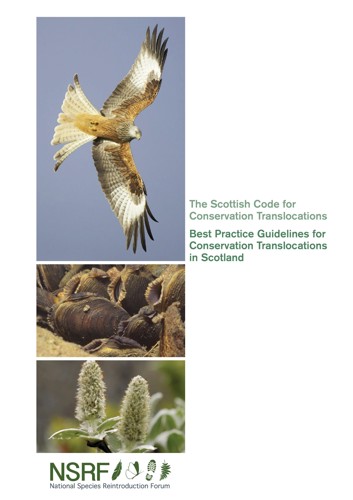
Translocation and Restoration
-
Our research on translocation and restoration is managed in partnership with the Government's Strategic Research Programme Theme 1 (Natural Assets) and it delivers actions towards the 2020 Route Map for Scottish Biodiversity. We undertake population translocations to save plants from extinction in Scotland, contributing to ecosystem restoration projects through our expertise on rare and threatened species, including:
- alpine blue sow thistle (Cicerbita alpina) in the Cairngorms,
- oblong woodsia (Woodsia ilvensis), Britain’s rarest fern,
- the mountain milk-vetch (Oxytropis halleri) in East Ross,
- sticky catchfly (Silene viscaria) - this near-threatened species has grown on rocks in Edinburgh’s Holyrood Park for c. 400 years, but by the 1990s the population had been reduced to just four plants. The species was grown at RBGE from seed and planted onto ledges and steep slopes in Holyrood Park and on Castle rock, as well as onto the roofs of the Scottish Parliament buildings. Seedlings are spreading, securing the future of a culturally important plant,
- whorled Solomon's seal (Polygonatum verticillatum) - all eight of this plant's UK populations occur in Scotland, where they are at risk from geomorphological change: the population in Glen Tilt has from 14 to two plants because of land erosion. A single rhizome was rescued, grown and bulked-up at RBGE for a Glen Tilt reintroduction in 2007 and 2010, and for population reinforcement at Den of Airlie and Riechip in 2017,
- the montane specialist woolly willow (Salix lanata).
We also work to conserve Scotland’s globally significant rainforest epiphyte communities, where bryophytes and lichens are being translocated back into sites that have been recovered from the presence of Rhododendron ponticum, and from which they had been lost. Our Forestry Commission partners have removed Rhododendron extensively from native oakwood, to leave a scaffold of remnant trees but with many of the rainforest specialists missing (they are outshaded by Rhododendron ponticum). New protocols are being tested for the recovery of rainforest specialists using sites in the Loch Lomond and Trossachs National Park
-
